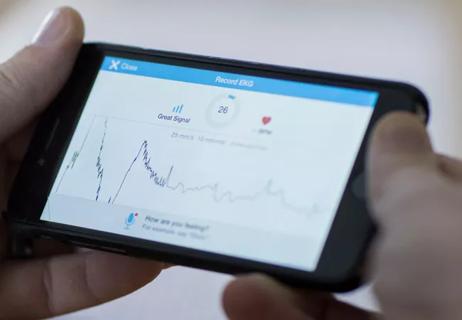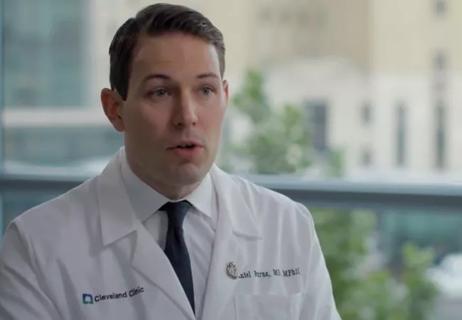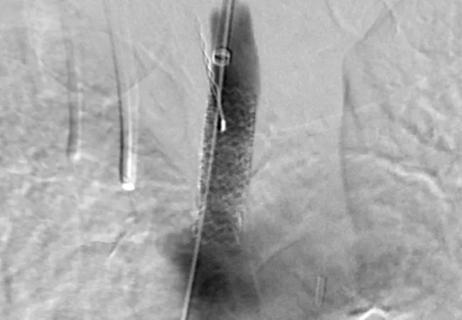Advertisement
Dr. Marc Gillinov on essentials of surgical treatment of AFib
In half of cases when patients undergoing heart surgery have concomitant atrial fibrillation, surgeons pass up the chance to surgically address the AFib, despite strong evidence that they should do so. In this three-minute captioned video, Cleveland Clinic cardiothoracic surgeon A. Marc Gillinov, MD, explains why this is a mistake and offers clear takes on two other common questions surrounding use of the maze procedure in 2018.
Advertisement
Cleveland Clinic is a non-profit academic medical center. Advertising on our site helps support our mission. We do not endorse non-Cleveland Clinic products or services. Policy
“If a patient goes to the cardiac surgical operating room with pre-existing atrial fibrillation, this is a once-in-a-lifetime opportunity to ablate the AFib, to do a maze procedure, to free the patient from the long-term risks of AFib including stroke.
Which operation should the surgeon do? When surgeons talk about the maze procedure they include a wide array of different ablation patterns, lesion sets and energy sources, and we call them all the same thing. We call them all a maze procedure. They’re not all the same thing. Surgical ablation ranges from simple pulmonary vein isolation to a biatrial lesion set. That is the maze procedure. This is controversial, but I think that the data demonstrate that the best option for most patients is a biatrial maze procedure.
In the left atrium, this includes pulmonary vein isolation, it includes a lesion to the mitral annulus, and it includes treatment of the left atrial appendage. In the right atrium there should be at least two and possibly three lesions, with one lesion going to the tricuspid annulus to prevent flutter…
Treatment of the left atrial appendage is essential in every patient who has AFib, even if the surgeon decides not to do an ablation, which would be a mistake. Even if there’s no ablation, the left atrial appendage should be excluded or removed. That is probably the only part of the maze procedure that comes with guaranteed procedural success.
Finally, which energy source? That’s easy… bipolar radiofrequency and cryothermy.”
Advertisement

How our first century has impacted cardiovascular practice

Review offers comprehensive assessment of the landscape for wearables and more

Preserving trust in research requires vigilance and consensus around statistical nuances

Cardiac surgeon Patrick Vargo, MD, reflects on his first year as Cleveland Clinic staff

Improved risk prediction for patients is at the heart of Dr. Aaron Weiss’ research interests

Centralization would likely bring better outcomes, experts say, but may not be feasible

Dr. Daniel Burns on mentorship, robotic valve surgery, statistics and more

JACC review makes the case and outlines how to ensure oversight